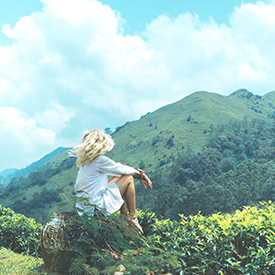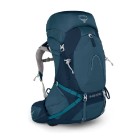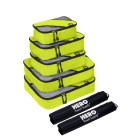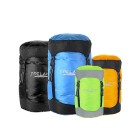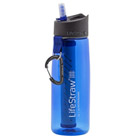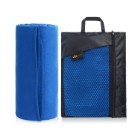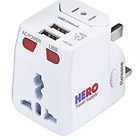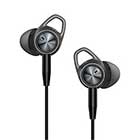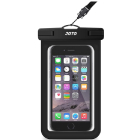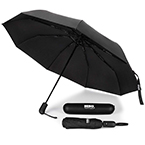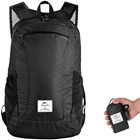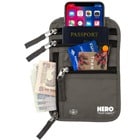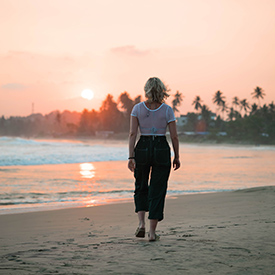Monsoon Season:
Sri Lanka has two separate monsoon seasons, affecting seperate parts of the country. The southwestern monsoon hits the southwestern quarter of the country including Colombo and Galle, and occurs from May to July. Meanwhile, the Northeastern monsoon hits the northeast of the country, including Arugam Bay, from October to January. The monsoons don’t hit the central highlands, but June through November are the wettest months. The monsoons don’t affect temperatures much, which remain between 77-86°F (25-30°C) throughout the year, but if you travel in the monsoon, prepare to be very, very wet. Make sure to wear your rain jacket ( women:men) hiking sandals that dry quickly and have good grip (women:men) and quick drying clothes Because the monsoon season hits different parts of the country at different times though, it’s best to avoid them altogether and simply travel where it’s dry. There’s not much fun in visiting a beach, anyway, if it is constantly dumping rain.
Dry Season:
The dry season in the southwest is December to April, while the dry season in the northeast is May to September. Coastal temperatures sit all year between 77-86°F (25-30°C). The central highlands, meanwhile, are driest between January and March, and temperatures can dip down to 60°F (15°C) though it tends to stay between 74-78°F (23 – 26C). The central north, including the ‘cultural triangle’ of Dambulla, Sigiriya, and Minneriya is quite dry all year, with more rainfall in November and December.
Expect hot and humid weather during the dry season, and dress accordingly in sweat wicking activewear (women:men), sunglasses (men:women), cool lightweight pants (men: women) and flip flops (men: women)
Inter-monsoon Season:
There are two intermonsoon seasons that affect the entire island. The first is in March and April, and the second is in October and November. The inter-monsoon seasons can bring thunderstorms and heavy rain, so be prepared with a rain jacket (women:Men), hiking sandals that dry quickly and have good grip (women:men), and quick drying clothes.




